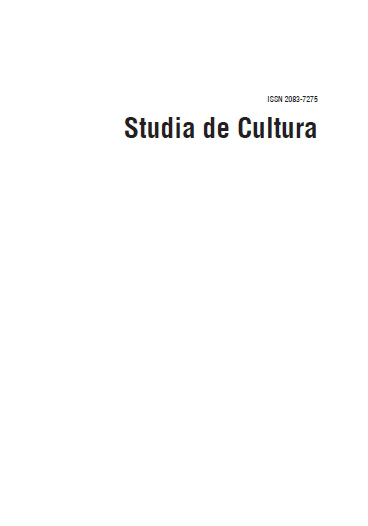Informacja, interpretacja czy ideologizacja? Katastrofa pod Smoleńskiem na fotografiach dziennikarskich
Information, interpretation or ideologization? The Smolensk catastrophe in journalistic photography
Author(s): Magdalena MatejaSubject(s): Photography, Visual Arts, Sociology of Art
Published by: Wydawnictwo Uniwersytetu Komisji Edukacji Narodowej w Krakowie
Keywords: journalistic photography;photographic genres;Smoleńsk catastrophe;Lech Kaczynski;mitologization;political (necro)marketing
Summary/Abstract: The article aims to present the results of the analysis of journalistic photography dedicatedto Smolensk air crash. The article contains the analysis of images from different segments ofthe Polish press: newspapers, opinion weeklies, magazines, the press addressed mainly towomen, tabloids.Journalistic photography can be divided into informational and persuasive. The results ofthe analysis are based on the order dictated by the dichotomous classification. As for thephoto information in the press, the author (who is ”invisible” and neutral) presents a pictureof the world without distortions, embellishments and deformation. Paradoxically, the Polishpress has published relatively little ”transparent” journalistic photography, for which thecrash in Smolensk was the theme. It occured that these photographs were read contrary tothe intentions of the authors, because the accompanying texts had changed the direction ofinterpretation.In case of persuasive images, the authors present their own point of view on thephenomena, and thus suggest the interpretation to the recipient. Because of the acceleratedpresidential elections photo journalism has become a tool of ideological struggle, and evena political struggle. This is demonstrated by the extraordinary popularity of photomontage –the journalistic genre, which has significant potential for propaganda.The involvement of the media in current political struggle draws attention to the phenomenonof political (nekro)marketing. This term means using the death of someone in politicalstruggle. Before April 10 Lech Kaczynski was unpopular politician. After the catastrophe, thepresident’s image was re-profiled. The image of Jaroslaw Kaczynski – the president's brother,as a candidate in presidential elections has been warmed in the result of these actions. Howis it possible that the public image of Jaroslaw became warmer? The articles in the presswere illustrated with photographs of the late President in the company of his wife – a personwho was, without exception, liked and respected. Furthermore, after a period of nationalmourning, Jaroslaw Kaczynski was often photographed surrounded by family of the deceasedbrother.
Journal: Studia de Cultura
- Issue Year: 2011
- Issue No: 2
- Page Range: 38-48
- Page Count: 11
- Language: Polish

